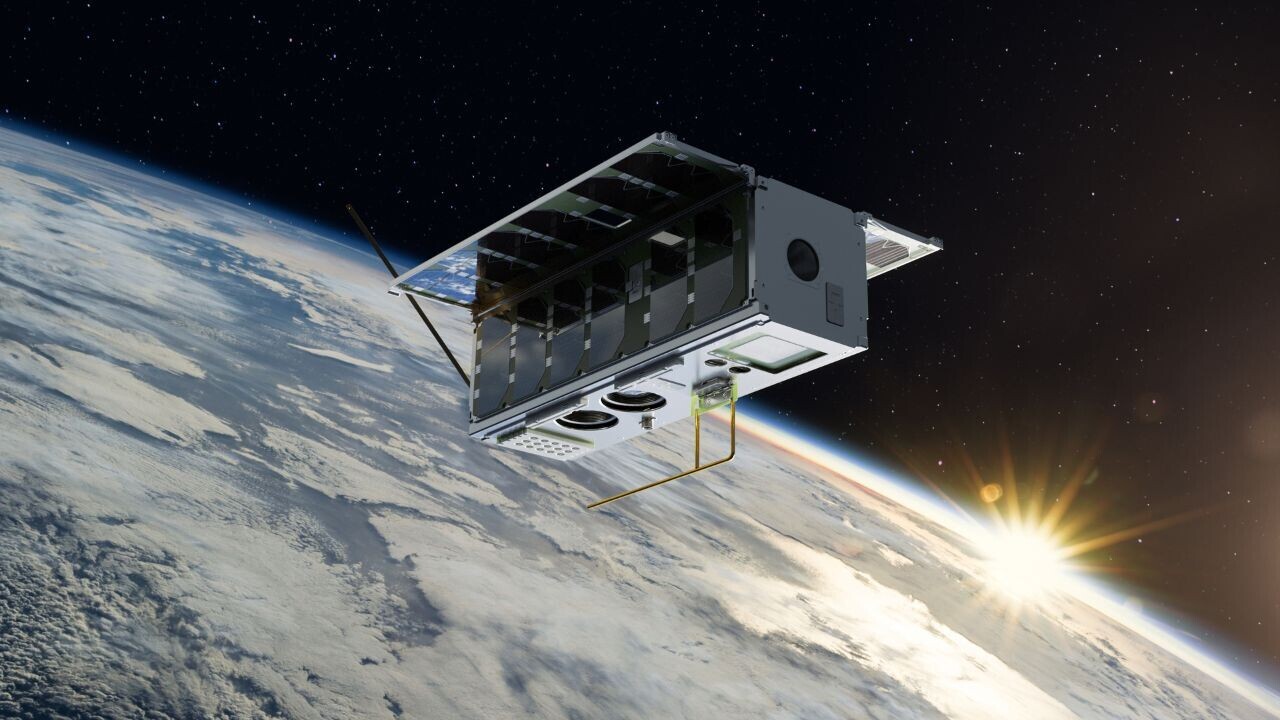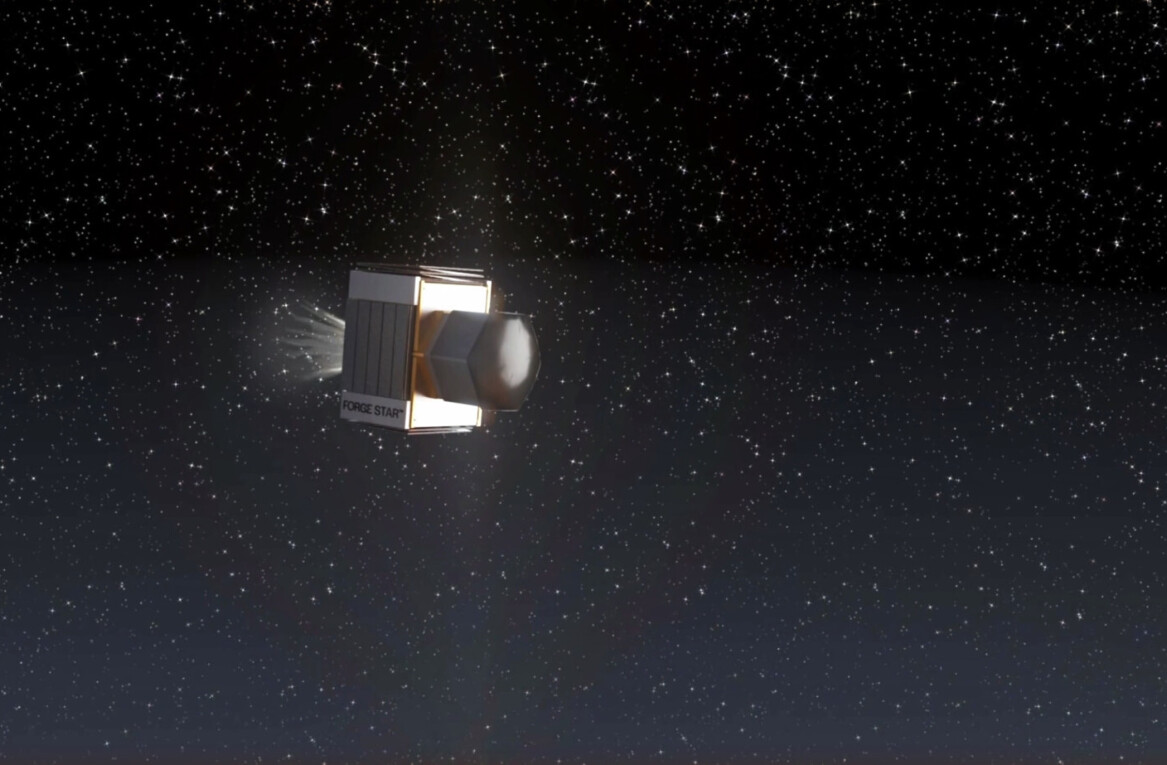A new EU mission has sent some suitably space-age tech into the cosmos. On a Vega rocket that launched from the European spaceport in French Guyana on Monday, the union sent six satellites and nine experiments into orbit for testing.
The programme aims to boost the EU’s space sector and broader tech innovations. According to the bloc, the mission is “closing the gap between the development of a technology and its commercialisation.”
That may prove a tricky task, as some of the concepts are straight out of a sci-fi movie. Here are our five favourite projects getting the in-orbit testing.
1. A ‘plasma brake’ to deorbit satellites
A mini satellite built by Estonian students will demonstrate de-orbiting with plasma brakes.
Named ESTCube2, the device uses an electric sail to repel plasma, which creates a drag to slow down dead satellites. As a result, the space junk loses altitude and burns up in the atmosphere — before causing a disaster.
The tech could even one day power spacecraft without fuel.
We dug into the details in a separate article. Click here for our full report on the cosmic decelerator.
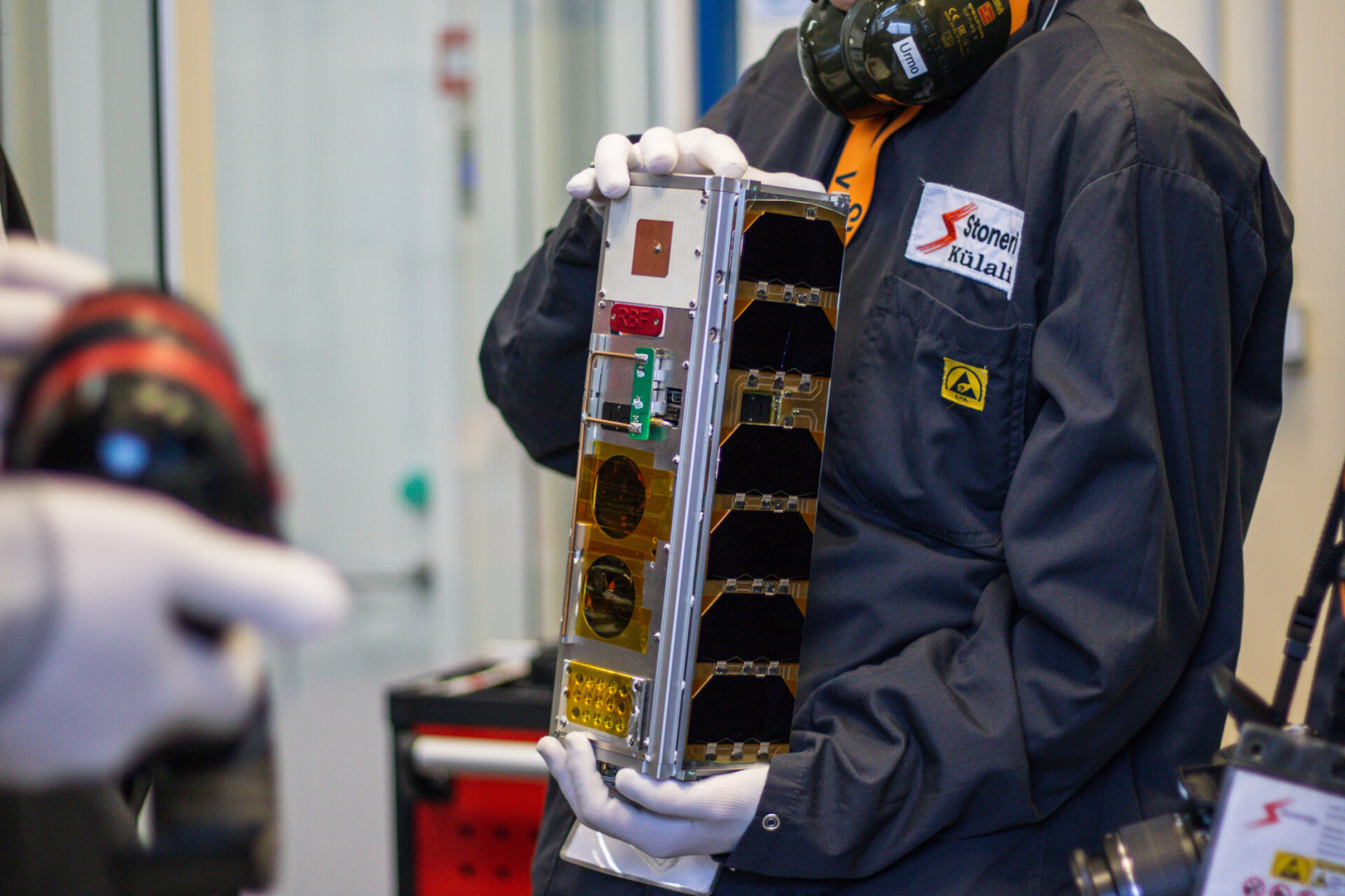
2. A squad of satellites studying water
INTA, a Spanish research organisation, has supplied a novel water monitoring system.
The mission uses a cluster of minituarised satellites known as cubesats. Flying in formation, the cubesats will harness spectrometry to study the water quality of reserves in the Iberian Peninsula.
3. A plasma jetpack
Plasma is getting a lot of love from EU space boffins. Joining the brake in orbit is a plasma jetpack, which offers low-cost propulsion for small satellites.
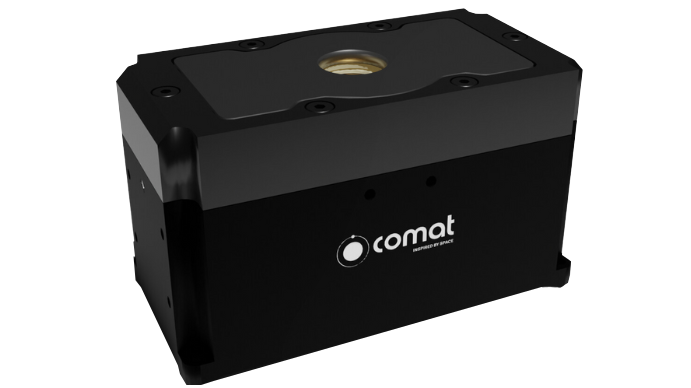
The jetpack was created by Comat, a French space equipment manufacturer. By testing the kit in orbit, Comat plans to show the system can power satellites of between 15 and 30kg.
4. A mini star tracker
Another Spanish contribution is a mini star tracker. The device is the brainchild of Solar Mems, an aerospace firm based in Seville.
The tracker is designed for “attitude determination,” which calculates the orientation of spacecraft. Space will provide a true test of the system’s accuracy.
5. Radiation sensors
Two different radiation sensors will be put through their orbital paces.
One was invented at KU Leuven, Belgium’s highest-ranked university. Named RADIOX, the sensor applies an electronic memory, which monitors errors due to energetic particles. Radiation intensity is detected by measuring the number of errors in the memory.
The second sensor is the Spacepix Radiation Monitor (SXRM). Created by Esc Aerospace, a Czech aerospace company, the system is a radiation detector. In an orbital radiation field, the detector will measure the flux of electrons, protons, and heavy ions.
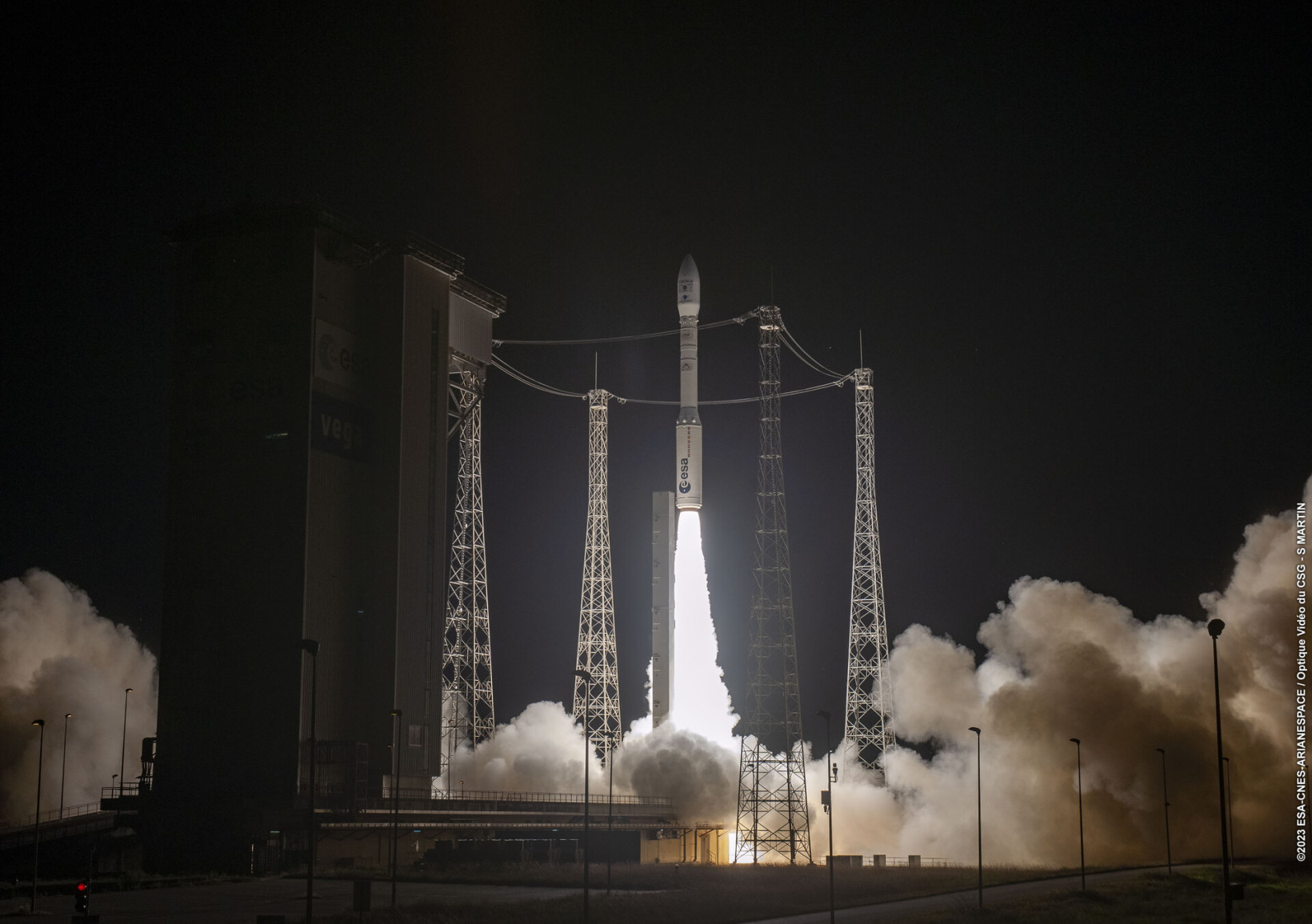
EU officials have high hopes for the mission. They claim it will be the final step before the tech enters the market.
“It is demonstrating, once more, that the EU is playing an active role in space,” said Thierry Breton, the EU’s internal market commissioner.
“This is a concrete example of how we are supporting innovation, scientific knowledge, and the competitiveness of the European space industry and space startups.”
Get the TNW newsletter
Get the most important tech news in your inbox each week.
